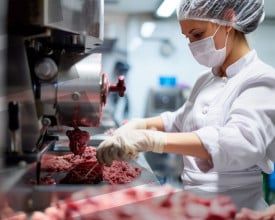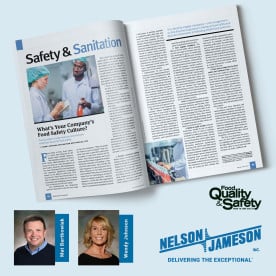Monthly Archives: November 2021
- November 22, 2021
This content emphasizes the significance of proper disinfection in the food industry, particularly in food processing equipment, to eliminate pathogens and ensure a hygienic environment. While traditional chemicals have been integral in the cleaning process, Ultraviolet-C (UV-C) light has emerged as an effective complementary disinfection method. UV-C light utilizes short wavelengths to rapidly deactivate and eliminate microorganisms such as bacteria, mold, and viruses. After a thorough standard cleaning, UV-C light is employed to reach into hard-to-reach places, enhancing the effects of traditional cleaning solutions and providing superior sanitation. The content introduces the Aurora UV Disinfecting Device from SMS Technologies as a state-of-the-art UV-C technology for efficient and easy cleaning of food processing equipment. Additionally, the nUVaCleanTM UV Pipette Carousel is highlighted as the first pipette rack that not only organizes and protects pipettes but also destroys over 99%
- November 08, 2021
For many people throughout the United States, hunting wild game is a beloved pastime--whether for the enjoyment of the outdoors, thrill of the hunt, or an economical way to obtain food. Along with this hobby comes many safety precautions. Just as a hunter should be trained in firearm safety and first aid procedures, food safety is also important. Educating one’s self on the dangers of foodborne illness is one step closer to harvesting a game animal for safe consumption.
Know The Risks
Harmful bacteria such as Salmonella and E.coli can live in raw or undercooked game meats. It is important to note the stages in which contamination may occur, and what steps can be taken to ensure you have processed your animal in the safest means possible.Contamination can occur through the initial wound sustained by a bullet or an arrow. It is best to avoid hitting or puncturing the area around the stomach and intestines, as this would result in spoiling much of





